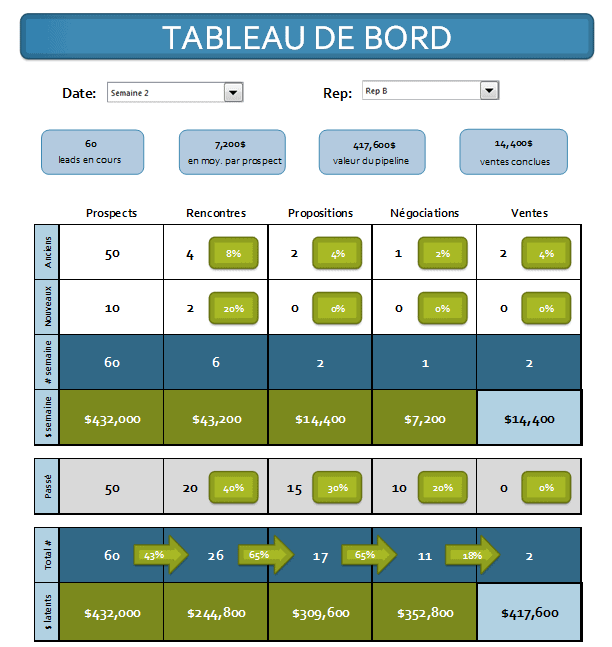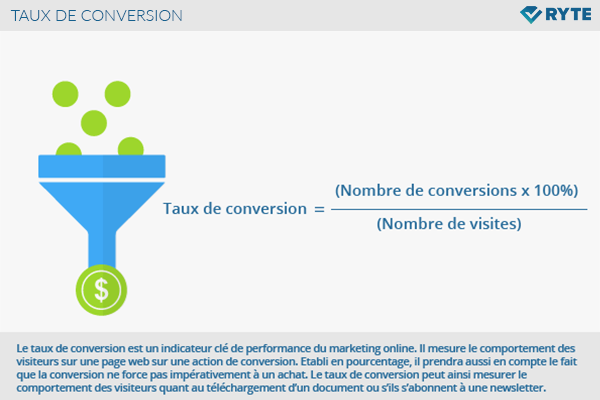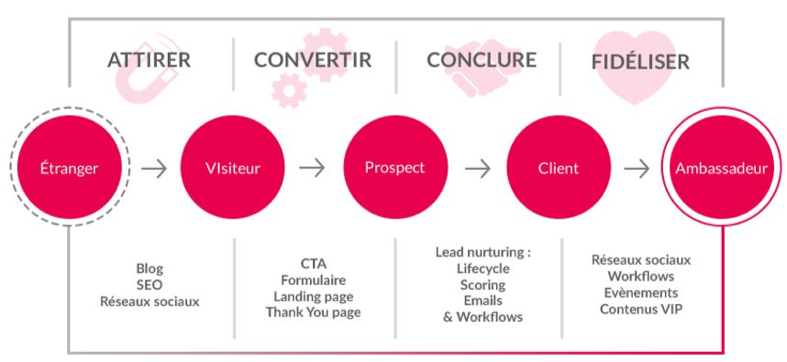In an increasingly competitive business environment, the lead conversion rate stands out as a key element to optimize the performance of your marketing strategy. By measuring this rate, you can not only evaluate the effectiveness of your campaigns, but also identify crucial areas for improvement. Successful conversion of prospects into potential customers is not only based on the volume of leads generated, but also on the quality of your marketing approach and the relevance of your messages. Paying particular attention to the conversion rate will therefore allow you to transform your efforts into tangible and lasting results.

THE lead conversion rate is a key indicator that can have a significant impact on how a company designs and executes its marketing strategy. By focusing on improving this rate, businesses can not only maximize their sales opportunities, but also refine their marketing processes to ensure a more effective and consistent approach. This article discusses the different ways that conversion rate can influence and transform your marketing strategy.
Table des matières
ToggleUnderstanding lead conversion rate
THE lead conversion rate is defined as the percentage of prospects that convert into paying customers. For businesses that operate in industries like B2B, understanding this number is crucial because it directly reflects the efficiency of your marketing efforts and sales processes. By analyzing this rate, businesses can identify gaps in their conversion funnel and determine areas for improvement to maximize their return on investment (ROI).
Why is it essential to optimize the conversion rate?
A conversion rate low may indicate potential flaws in the marketing strategy or sales methods. This could be the result of poor lead attribution, inappropriate follow-up of prospects, or even content that does not meet customer expectations. In this context, it becomes imperative to include conversion rate optimization in your strategy. This requires not only in-depth data analysis but also continuous adaptation of the methods used to ensure prospects receive relevant and engaging information.
Strategies to Improve Lead Conversion Rate
To transform your marketing strategy through lead conversion rate optimization, several practices can be implemented. First, the generation of qualified leads is essential. By targeting prospects who truly match your business’s ideal customer base, you increase the chances of conversion.
Then, it is crucial to nurture these leads with relevant and engaging content. This means providing useful information and resources that meet the specific needs of prospects throughout their buying journey.
Finally, alignment between marketing and sales teams is also fundamental. Effective communication ensures that all team members are working towards the same goal, which naturally improves the conversion rate.
Measure the impact of your strategy on the conversion rate
For any transformation of your marketing strategy to have a tangible impact on the conversion rate, it is essential to put in place effective measurement tools. In-depth analytics models should be implemented to track the lifecycle of leads, from their first interaction to their conversion into customers. This rigorous monitoring can reveal trends and consumer behaviors which, once taken into account, can offer avenues for improvement.
Use data to refine your strategy
Data is a valuable asset for improving conversion rate. Businesses need to invest in tools that help analyze lead behaviors, such as lead tracking tools. CRM and data analysis platforms. Using these tools, it becomes possible to identify friction points when prospects interact with the company and adapt marketing tactics accordingly.
Anticipate the needs of prospects
Anticipating the needs of prospects is a central element in transforming the conversion rate. By understanding your audience’s pain points and providing them with specific solutions, you create a relationship of trust that will generally result in increased conversions. By integrating this approach into your marketing strategy, you ensure that every interaction with a prospect is both relevant and engaging.
6️⃣ Taux de conversion 🟰 % de visiteurs réalisant l’action souhaitée après avoir cliqué sur l’annonce
— Audrey Tips (@audreytipsfr) July 12, 2024
7️⃣ Taux d’impression en première position absolue 🟰 Fréquence à laquelle votre annonce est affichée en tout en haut
•
🧵 3/4https://t.co/fmMSoT1tBn














